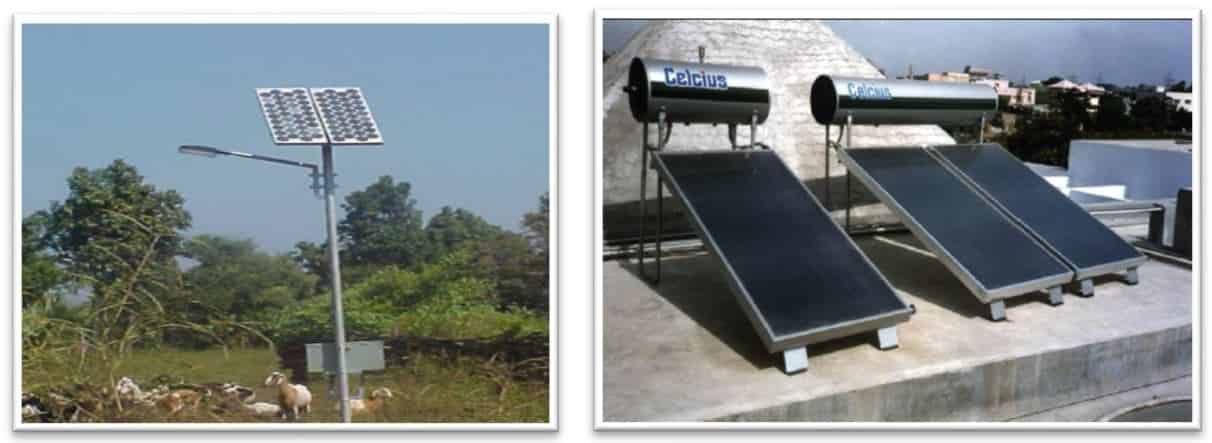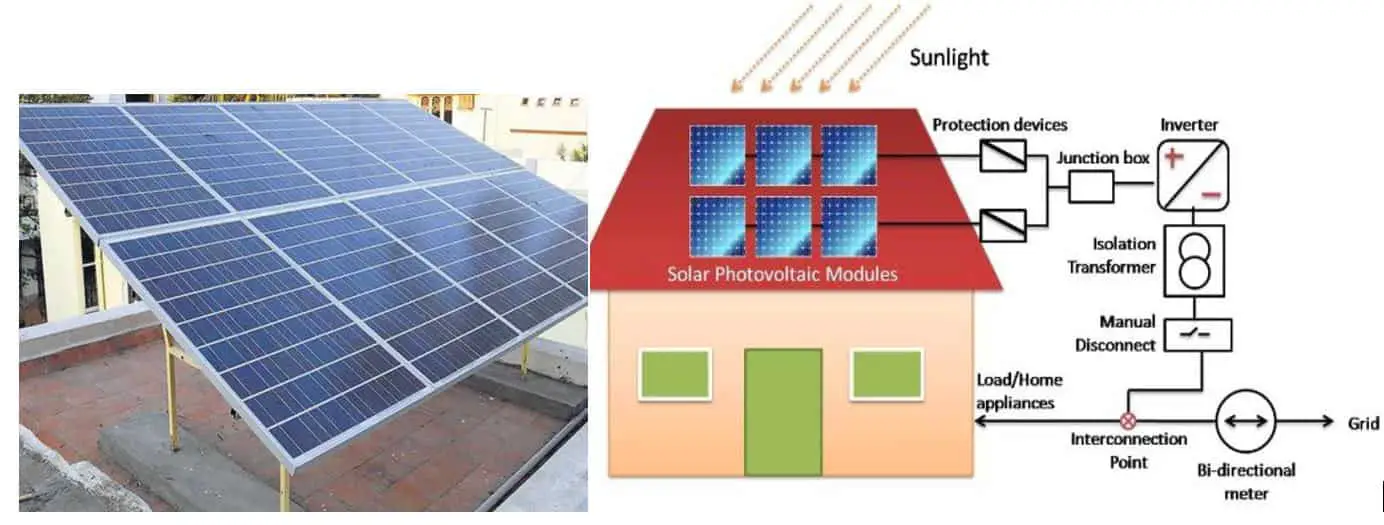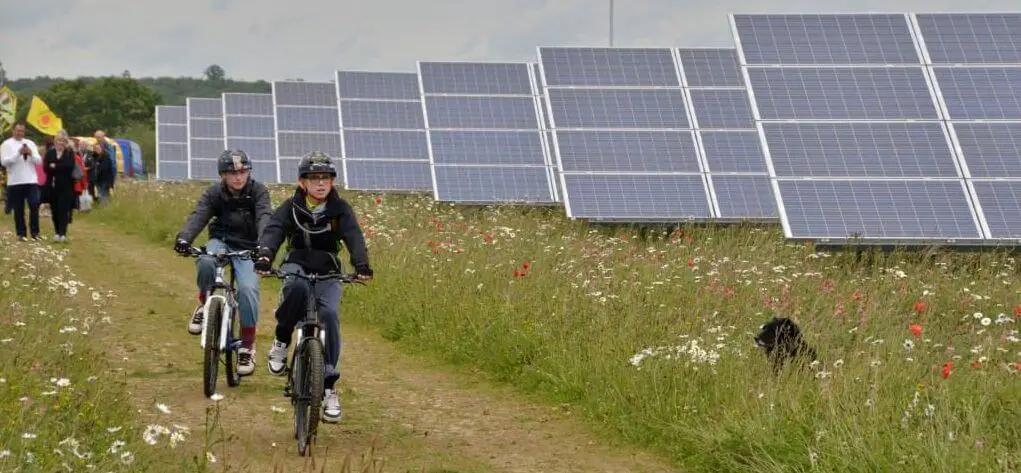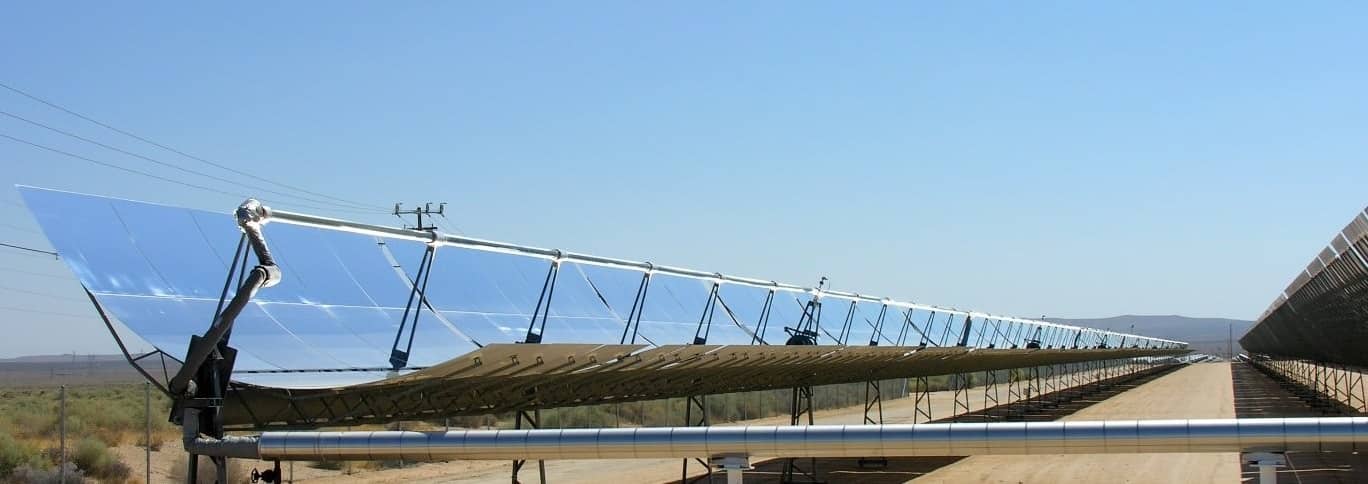Solar energy in India is at its peak. More and more private and government agencies are now looking to make maximum use of available sunlight. Considering the geographical location of India, it receives abundant sunlight throughout the year and is well-distributed which can be harnessed at local level and give rise to decentralized energy generating systems. There are number of options available for using solar energy for generating heat and electricity. Application of solar thermal power plant and solar photovoltaic power plant is currently being explored. Other small and decentralized application by using solar cookers, steam generators, solar water heater is already being used widely. This has particularly been beneficial in areas with no grid connected power supply like rural areas. These area have very short duration of power supply, if any. The power supply is unreliable and have fluctuating voltage.
Benefits of rooftop solar panels
Rooftop solar panels have number of benefits which includes:
- For consumers, it
- Reduces the dependency on grid power.
- Mitigates diesel generator dependency.
- Long term reliable power source.
- For Discoms, it reduces
- Day Peak load Demand
- T&D and conversion losses as power is consumed at the point of generation.
- Most suitable for commercial establishments
- Max generation during peak usage time.
- Solar power cost is close to the commercial power cost
Related: Importance of Environmental Education
Rooftop potential in India
India is a country with ample sunlight and has great potential for harnessing solar energy as the average availability of sunlight is about 5.5 hours a day which is at par with world standard.
- According 2011 Census India is having
- 330 million houses.
- 166 million electrified houses.
- 76 million houses uses kerosene for lighting.
- 08 million houses are using solar for lighting.
- 140 million houses with proper roof (Concrete or Asbestos / metal sheet).
- 130 million houses are having > 2 rooms.
- Average house can accommodate 1-3kWp of solar PV system.
- The large commercial roofs can accommodate larger capacities.
- As a conservative estimate, about 25000 MW capacity can be accommodated on roofs of buildings having > 2 rooms alone if we consider 20% roofs.
Ways of harnessing solar energy
Solar energy has been used from ancient time for different purpose. It is considered as a never-ending source of energy and which is available free of cost and in abundance. Solar energy can be used in number of ways by using its heat for various thermal purpose and by converting the sunlight directly into electricity. Possible ways of harnessing solar energy include:
- Solar Steam Generating Systems
- Solar Water Heaters
- Solar Air Heating Systems
- Solar Steam Generating Systems (for cooking & industrial application)
- Solar PV Systems

For converting sunlight directly into electricity use of Solar PV panels is done. Using solar PV panels is considered costly as compared to other methods and the cost of using fossil fuels but now it is commercially viable and is being practiced in almost all countries throughout the world. Currently solar panels are being used in 2 ways depending on requirement & land availability. These include rooftop solar panels & solar farms.
Related: Importance of Solar Energy
Rooftop Solar Panels
Roof top solar panels can be used at small or large-scale. They can be combined to form small projects and then the power generated can be supplied to grid. Two types of arrangement can be:
- Grid Connected / on grid – For supplying power to grid which can be used by others. Required net metering to keep a record of energy fed to the grid in case of surplus electricity generation.
- Off Grid – For self-consumption. Energy requirement may be completely or partially met.

Solar panels can be used on any roof top which have significant area like house, industries, institutional or public building, hospitals etc.
Solar Farms (Solar Power Plant)
- Most nature-friendly way of generating power for the grid & support endangered wildlife such as bees.
- Solar makes virtually no noise or waste and has no moving parts provide Cheap electricity from solar farms in long run
- They represent time-limited, reversible land use, Prevents land from being encroached
They have lower visual and environmental Solar farms (sometimes known as solar parks or solar fields) are the large-scale application of solar photovoltaic (PV) panels to generate green, clean electricity at scale. Solar also creates investment and local green jobs, whilst reducing the reliance on overseas fossil fuel imports & decentralized electricity generation. Use of solar energy is of great importance in India & thus dedicated Solar Power Plant with crystalline Silicon Solar Panels are preferred and are provided on and outside the periphery of the town as land values are relatively lower on the boundary & outside the municipal boundary of city. The use of Silicon Solar Panels technology will ensures maximum utilization of land which is much criticized in solar power Plant. The main drawback of this type of solar panel is the high initial investment but the increased efficiency, negligible maintenance & long life helps in making it viable for large-scale use. Considering the surrounding land use & activity in surrounding area the land under Solar Power Plant will also be utilized for cattle grazing & other activities.

For large-scale & commercially viable projects solar farms can be setup as these have following benefits.
- Reduces the reliance on overseas fossil fuel imports and decentralized electricity generation
- Reduction in formation of urban heat islands & keeping the building cool.

Various policies are being framed at national and state level which focuses on use of renewable energy to tackle the problem of climate change. India is a part of various international agreements some of which are binding to reduce the carbon emission. Also, electricity is considered to be a state subject with a little or no role of Urban Local Bodies or of end users, solar energy enables users to undertake decentralized energy generation. Number of initiatives have been taken by various municipalities and municipal corporations under different programmes and as a part of their own initiatives to bring down the recurring cost and to improve the city under their jurisdiction.